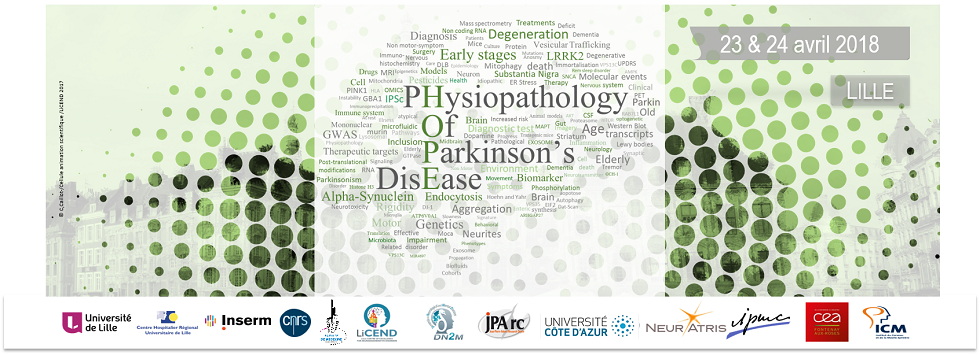To assess the neurofunctional bases of impulse control disorders (ICDs) in Parkinson's disease (PD), we propose a systematic review of the neuroimaging studies that have compared PD-ICDs to PD-controls with PET (rCBF) or fMRI. No more than 9 studies (10 experiments) were found and included in a criterion-based assessment of the characteristics of the neuroimaging methods and behavioral designs. Most of them (N=7) assessed resting state (RS) connectivity and revealed various dysfunctional interregional communication. Only two experiments used block designs, focusing on gambling or sexual cue-induced activation. Only one experiment used event-related data in a risk-taking task. Overall, the results of these studies are not only sparse, they are also highly inconsistent. No clear consensus emerges on the neurofunctional bases of ICDs.
There are several possible reasons for that: first, impulsivity is multifaceted and would require various behavioral protocols and associated event-related analyses to disentangle the basic mechanisms that might be dysfunctional in ICDs (e.g., decision making, reward, global inhibition, selective inhibition, proactive inhibition...). Clearly, the dysfunction of action control mechanisms, which are intrinsic to any choice behavior, have been overlooked in the literature. Second, rCBF analyses provide indirect measures of brain activity that cannot decipher concurrent neural activity.
This systematic analysis calls for: 1) using refined psychological models of behavioral control. More sophisticated behavioral designs would allow a more accurate assessment of the underlying cognitive processes. 2) using complementary neuroimaging methods. The optimal temporal resolution of electrophysiology may offer greater functional discrimination power through advanced spectral analyses.

 PDF version
PDF version
